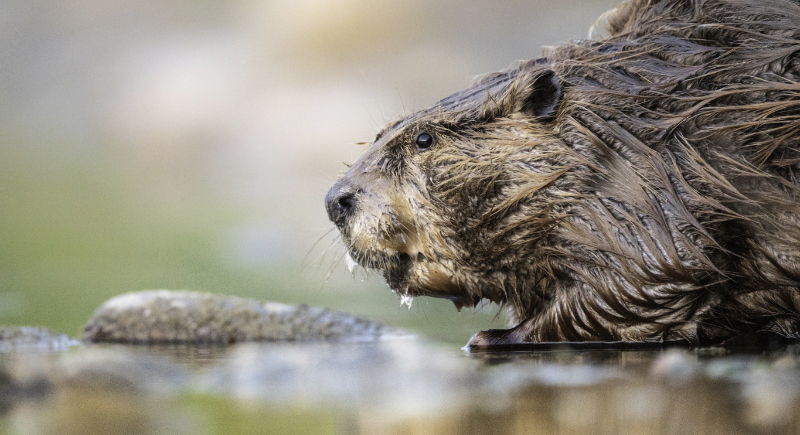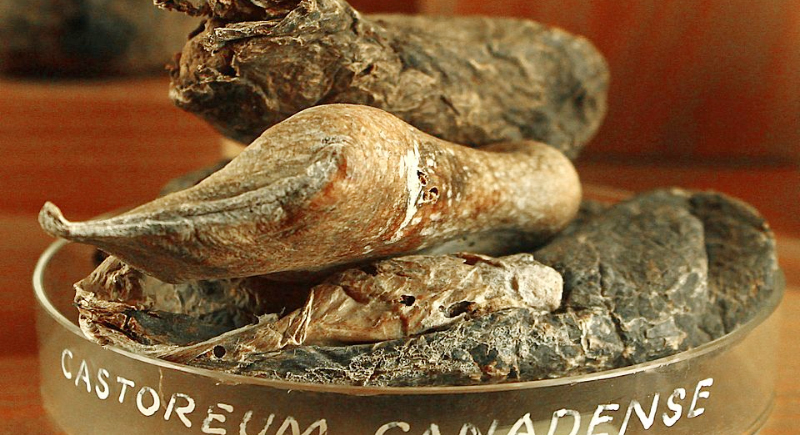The Bizarre Ingredient in Your Vanilla Ice Cream (It Might Come from Beavers).
Vanilla ice cream is usually the safest choice. People reach for it when they want something simple and familiar. It pairs with warm desserts, blends into milkshakes, and rarely draws attention. This is why a long-running rumor about a beaver-related flavoring surprises so many people. The thought that something used in vanilla could come from glands located near a beaver’s backside is odd enough to make anyone pause before taking a bite.
The Origin Of The Beaver Buzz

Image via iStockphoto/Layne vanRhijn
Part of what keeps the rumor alive is the mystery around two words on ingredient labels that never explain themselves: natural flavoring. For centuries, people collected a secretion called castoreum, produced in castor sacs located beside a beaver’s tail. It smells sweet and musky because the compounds in it come from the plants that beavers eat.
Ancient medical texts listed castoreum as a treatment for headaches, fevers, and toothaches. It later appeared in perfumes and in early flavor experiments in the 1900s, when food chemists sought ingredients that could enhance the notes of raspberry or vanilla.
Castoreum entered pop culture when food bloggers and viral posts claimed it hides in products labeled with natural flavoring. Because the glands sit in a sensitive spot on the animal’s body, the internet quickly turned the story into beaver jokes. In reality, the association does not match how the flavor industry works today.
The Real Source Behind Vanilla Taste
Vanilla flavor in most grocery items comes in three main forms: vanilla beans, vanilla extract, and synthetic vanillin. Real vanilla beans grow on orchids, and their global supply is limited. Extract production requires curing and alcohol processing.
Because demand outweighs supply, manufacturers rely on vanillin, made through lab processes that recreate the same molecule responsible for the flavor in vanilla pods.
Food industry data shows that more than 99 percent of vanilla flavoring now comes from beans or synthetic vanillin, not castoreum. By the late 1980s, castoreum flavor use in the United States had already dropped to around a few hundred pounds per year, and it has declined even further since then.
Harvesting it requires trapping beavers and removing the sacs, which makes it expensive, impractical, and unnecessary for modern production scale.
Castoreum’s Fall From Favor

Image via Wikimedia Commons/H. Zell
Several factors pushed castoreum out of mainstream flavoring use. Extracting it requires specialized handling. Kosher certification rules exclude it. Synthetic vanillin is cheaper and easier to standardize. Flavor houses report that demand dwindled decades ago.
When it does appear, it tends to be in niche products such as certain Scandinavian spirits, rather than frozen desserts in American supermarkets.
Regulatory agencies still list castoreum as safe to consume, and toxicology reviews show no record of adverse reactions in humans. But availability, cost, and market expectations make it an unrealistic ingredient for mass-produced vanilla snacks, toppings, or ice cream.
A Closer Look At Why Castoreum Smells Similar To Vanilla
Castoreum became associated with vanilla flavoring because its natural chemistry contains compounds with similar aromatic structures. Analyses published in flavor science references show that castoreum can contain more than seventy identifiable components, including salicylic acid and molecules related to vanillin.
Those similarities once made it appealing to flavor chemists who wanted to enhance sweetness or complexity in blends without incurring additional cost. This chemical overlap explains why early formulations used tiny amounts to deepen fruity or creamy profiles, even though it never served as a direct substitute for vanilla.
Today, synthetic vanillin achieves this effect with precision, without relying on ingredients tied to the sourcing of wildlife.
If castoreum unexpectedly appeared in something edible, food scientists say it would still be harmless. But unless you’re drinking a traditional Swedish schnapps or sampling experimental craft spirits, you likely won’t encounter it at all.